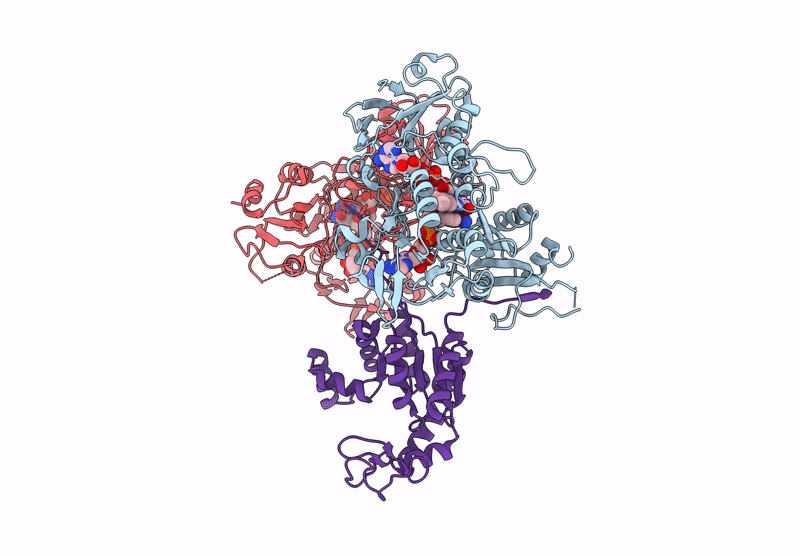
Deposition Date
2024-06-04
Release Date
2025-05-14
Last Version Date
2025-07-16
Entry Detail
PDB ID:
9FL7
Keywords:
Title:
Cryo-EM structure of human AK2 bound to reduced human AIFM1 (residues 102-613), class 3
Biological Source:
Source Organism:
Homo sapiens (Taxon ID: 9606)
Host Organism:
Method Details:
Experimental Method:
Resolution:
4.30 Å
Aggregation State:
PARTICLE
Reconstruction Method:
SINGLE PARTICLE


